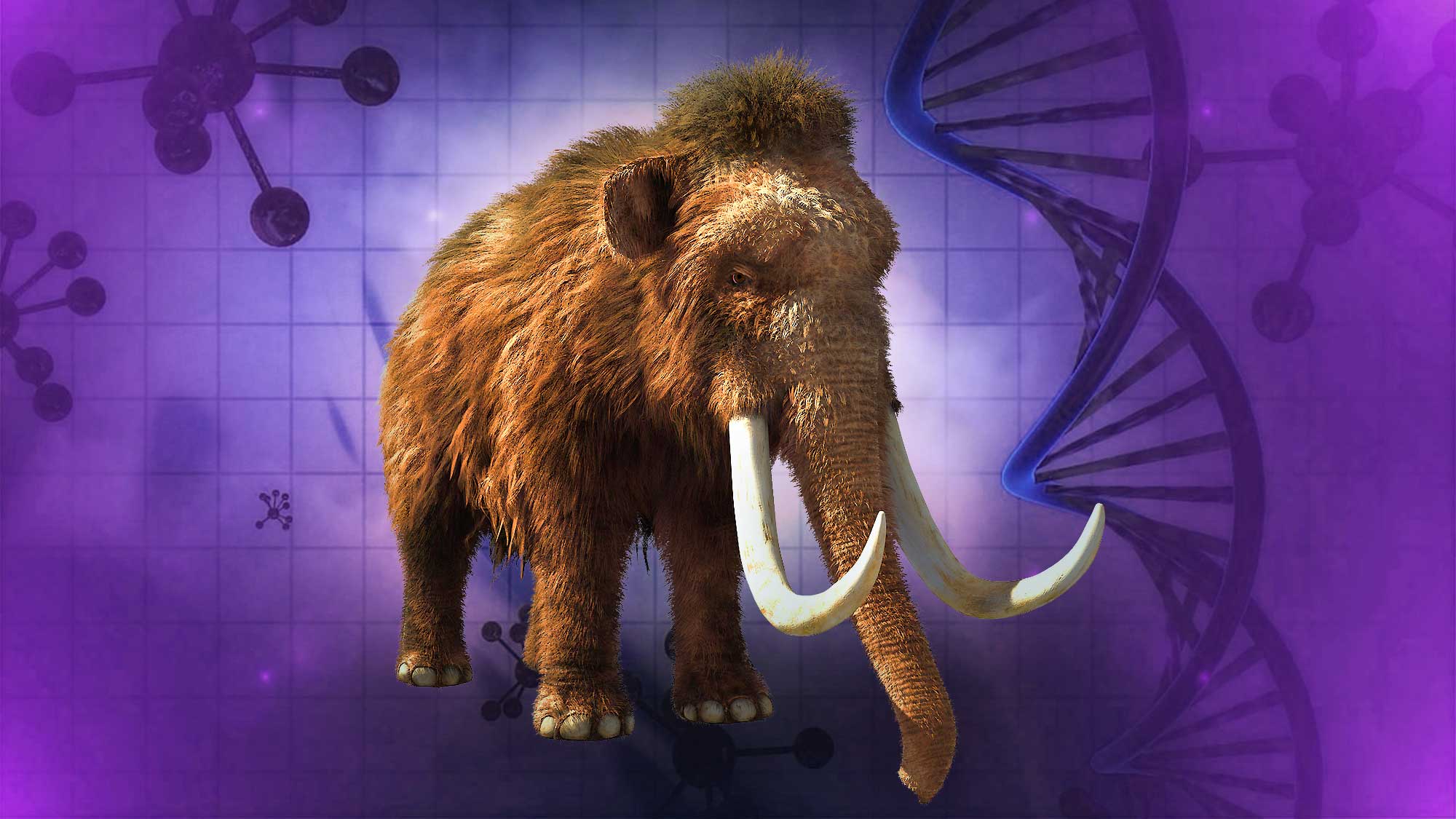Table of Contents[Hide][Show]
Imagine feeding Passenger Pigeons and Dodo birds while on your way to see the exhibit of Woolly Mammoth clones at the Central Park Zoo. No, you don’t need to be in an altered state of mind or own a time machine to have these experiences. Thanks to some advancements in DNA technology, all of these extinct animals might be a part of our not too distant future. And one of the first things that scientists are looking to create is, you guessed it, a Woolly Mammoth clone.
How Soon Until Your Local Zoo Has A Woolly Mammoth Clone? -- #woollymammoth #mammoth #cloning #dna #science #cloningisreal Share on XDecoding The Woolly Mammoth DNA Sequence
In November 2008, scientists were able to successfully decode the Woolly Mammoth DNA sequence. This was a huge advancement in DNA science and the first time in history that the DNA from an extinct mammal was successfully mapped. The breakthrough came after analyzing the frozen remains of several Woolly Mammoths found in the Siberian permafrost.
Creating A Woolly Mammoth Clone: Can The Mammoth Be Brought Back To Life?
Scientists have already been able to successfully clone sheep, cats, dogs and other animals. But can they clone a Mammoth or other extinct animals? And should they stop with animals? What about a Neanderthal man?
There are several major obstacles to overcome before scientists can start cloning extinct beings.
- Mapping The Genome: A mapped genome is just a small part of the cloning process. The Mammoth’s genome is mostly mapped, but is still missing chunks of code. Its closest living relative is the African elephant. Should scientists try using elephant DNA to complete the Mammoth genome? Or maybe implant a female elephant with a modified embryo containing Mammoth DNA? In the film Jurassic Park, scientists used reptile DNA to complete dinosaur genomes. This disastrously gave dinosaurs the ability to reproduce without mating. However, the next generation of DNA decoding machines might be able to help fill in some of these missing fragments without making too many substitutions.
- DNA Decay: Even frozen remains, that have been excellently preserved in ice, will still have some significant contamination from bacteria and viruses. The currently mapped Mammoth genome is believed to contain contamination from other organisms.
What Would We Do With A Herd Of Woolly Mammoth Clones And Other Extinct Animals?
If we do decide to start cloning extinct animals like the Woolly Mammoth, what would we do with them all? Here are some thought starters.
- Zoo Animals: If we did start cloning Woolly Mammoths, the first few would likely be confirmed in captivity for study. But what about after that? Would Mammoths become as common as elephants at zoos around the world?
- Entertainment Shows: There’s no doubt that a Woolly Mammoth would help sell a lot of tickets to a circus. But there’s not a lot of public tolerance for circuses these days. The Ringling Bros. Circus shutdown in 2017 after enduring years of protests by animal rights activists. Maybe a rodeo? A Bronco Riding event with a Mammoth sure would be interesting.
- Food Production: I have no idea what a Mammoth might taste like, and as a vegetarian, I don’t really don’t want to know. But I’m sure the ranching industry is already brainstorming ideas around the Mammoth’s potential de-extinction. In 1901, there reportedly was a “Mammoth Banquet” featuring mystery meat that was found in the arctic.
- Let Them Roam Free: Here’s an unconventional thought, why don’t we just let the Mammoths roam free as they did thousands of years ago? There might be areas with natural borders that would let them roam free and away from human settlements. For example, there’s a herd of 800+ Bison that lives peacefully in the heart of Salt Lake City, Utah. The Bison are isolated on Antelope Island in the middle of the Great Salt Lake, just northwest of Salt Lake City International Airport. Maybe we could add some Woolly Mammoth clones to the island to keep the Bison company?
Why And When Did The Mammoth Go Extinct?
Answering the question “when did the Mammoth go extinct” is fairly easy. Radiocarbon dating technology estimates that the creatures went extinct around 4,000 years ago. The last group of full-sized Woolly Mammoths lived on St. Paul Island, Alaska until around 3,750 BC. Smaller Mammoths survived on Wrangel Island until 1,650 BC.
But why they went extinct is harder to answer. Theories include melting ice, climate change, overhunting, a giant meteor, lack of genetic diversity and the disappearance of arctic flowers after the last ice age. Perhaps it was a combination of all of these factors. Honestly, we’ll probably never know for sure.
Bringing Back The Woolly Mammoth: Should We Try?
If it’s scientifically possible, should we try to create a Woolly Mammoth clone? What do you think? Do you support bringing back the Woolly Mammoth or are you completely against the idea? Let us know in the comments below or tweet us at @methodshop.
Should Scientists Create A Woolly Mammoth Clone? Is It A Good Idea? ... #WoollyMammoth #ScienceTwitter #AnimalResearch #IceAge #DNAlife #DNAscience Share on XRelated Articles:
- 23andMe vs Ancestry: Which DNA Kit Should You Try?
- DNA Jokes And Pick Up Lines – With Explanations
- What Does DNA Stand For? Do You Know The Answer?
- What You Need To Know Before Ordering DNA Testing Kits

Frank Wilson is a retired teacher with over 30 years of combined experience in the education, small business technology, and real estate business. He now blogs as a hobby and spends most days tinkering with old computers. Wilson is passionate about tech, enjoys fishing, and loves drinking beer.












 25 Of The Best Pulp Fiction Quotes From Quentin Tarantino’s 1994 Film
25 Of The Best Pulp Fiction Quotes From Quentin Tarantino’s 1994 Film
Leave a Reply
You must be logged in to post a comment.